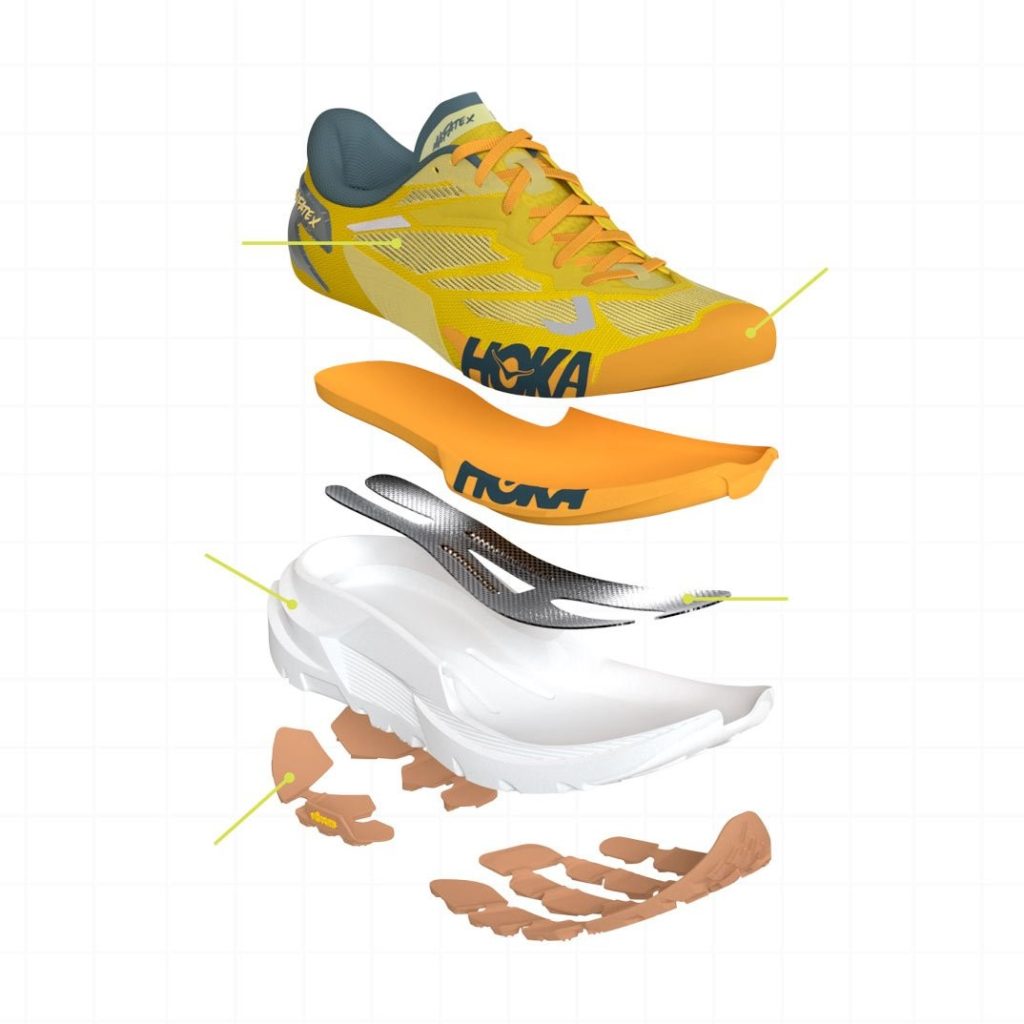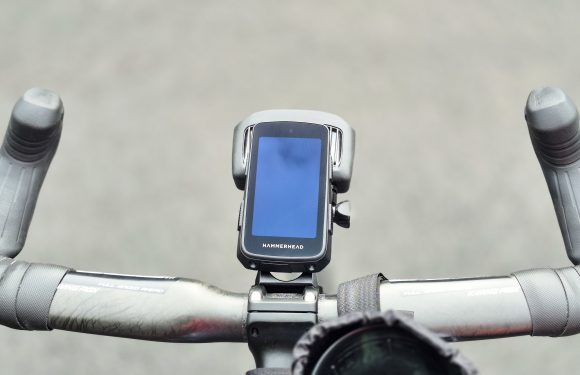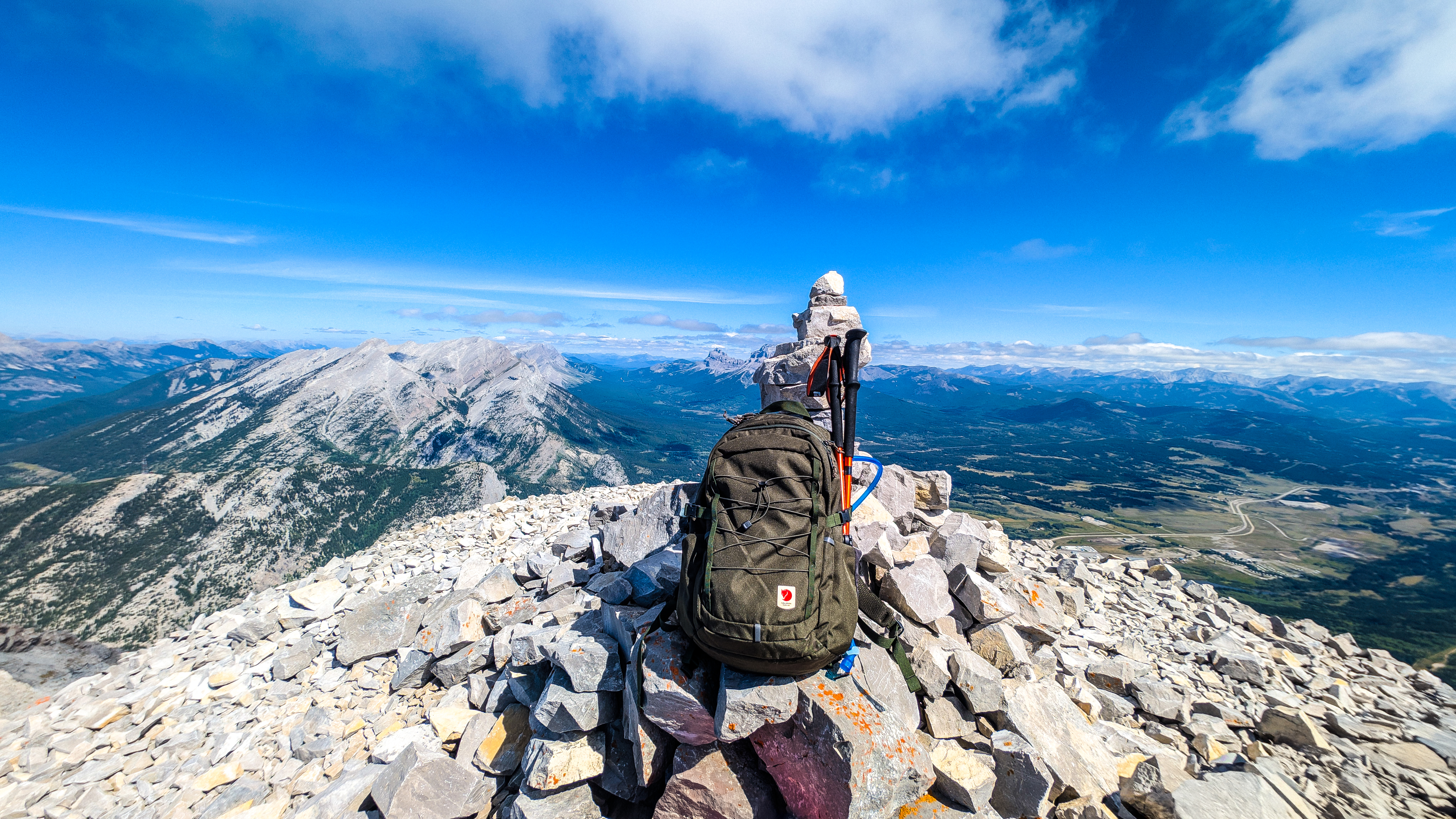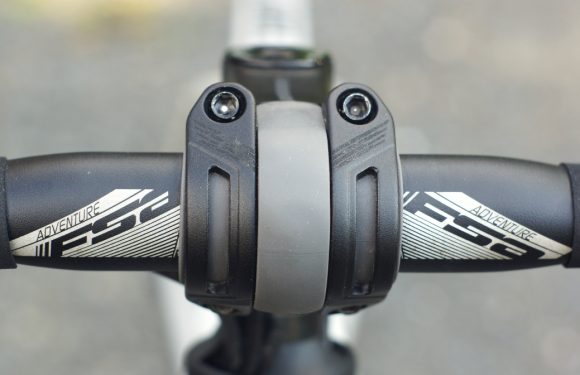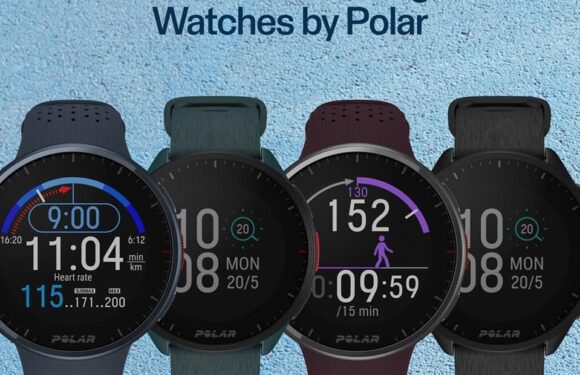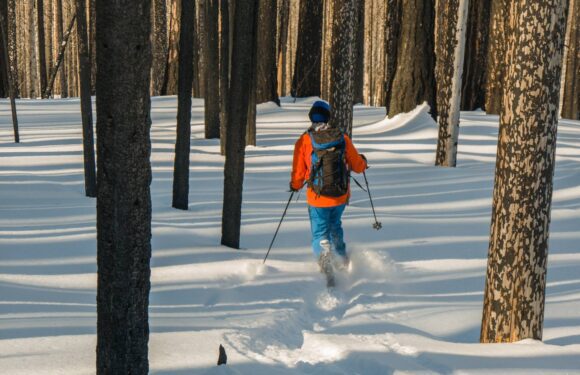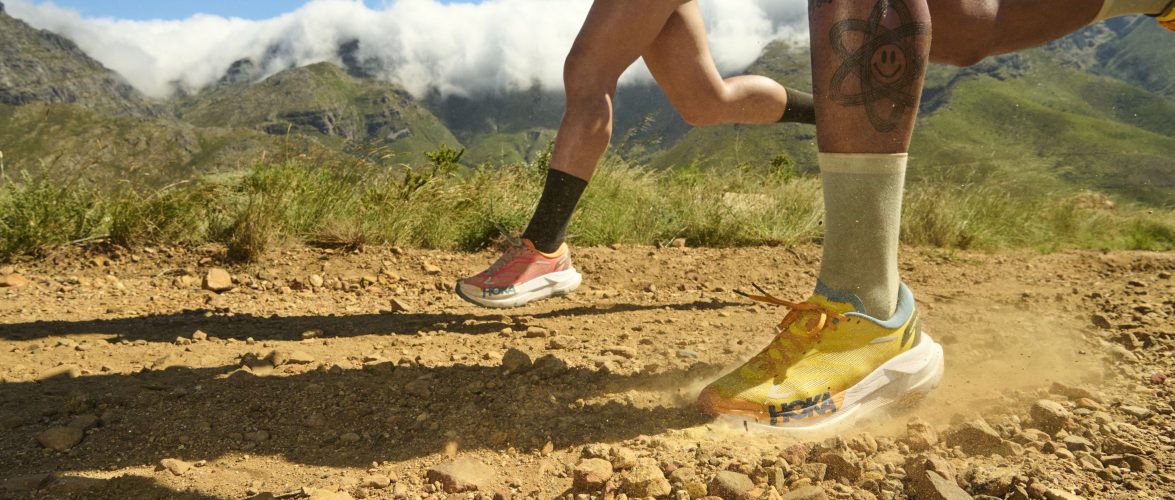
When Hoka reached out to get my opinion on the Mafate X, I was genuinely intrigued. It is not every day that I get asked to try a pair of shoes from a brand known for pushing boundaries. While I do not consider myself a running expert, I saw this as a great opportunity to experience something different and share my thoughts with honesty.
About Hoka
Hoka has carved a name for itself by delivering shoes that blend comfort, innovation and performance. Whether on the road or on the trails, the brand is widely recognized for its maximalist cushioning and bold design language. Their consistent presence in the running community and commitment to performance footwear continues to resonate with athletes and everyday runners alike.
The Mafate X
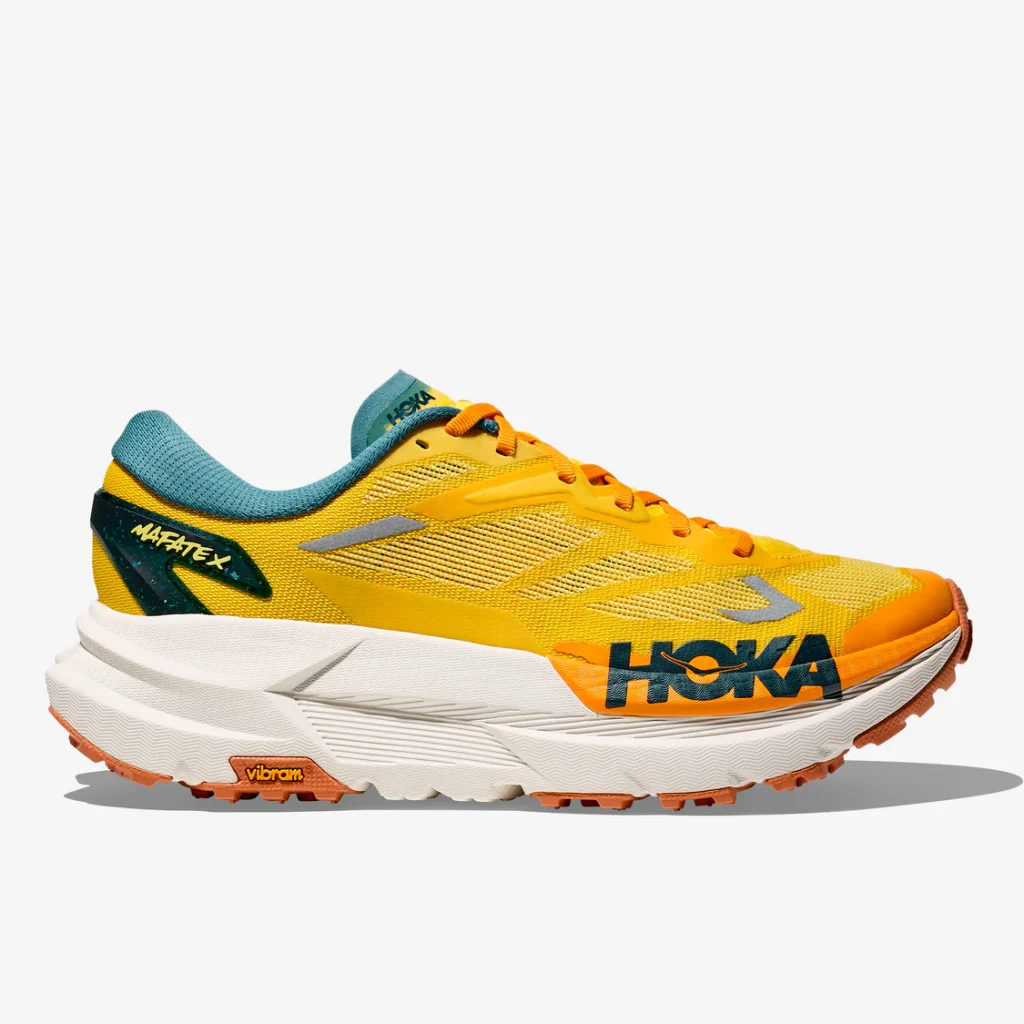
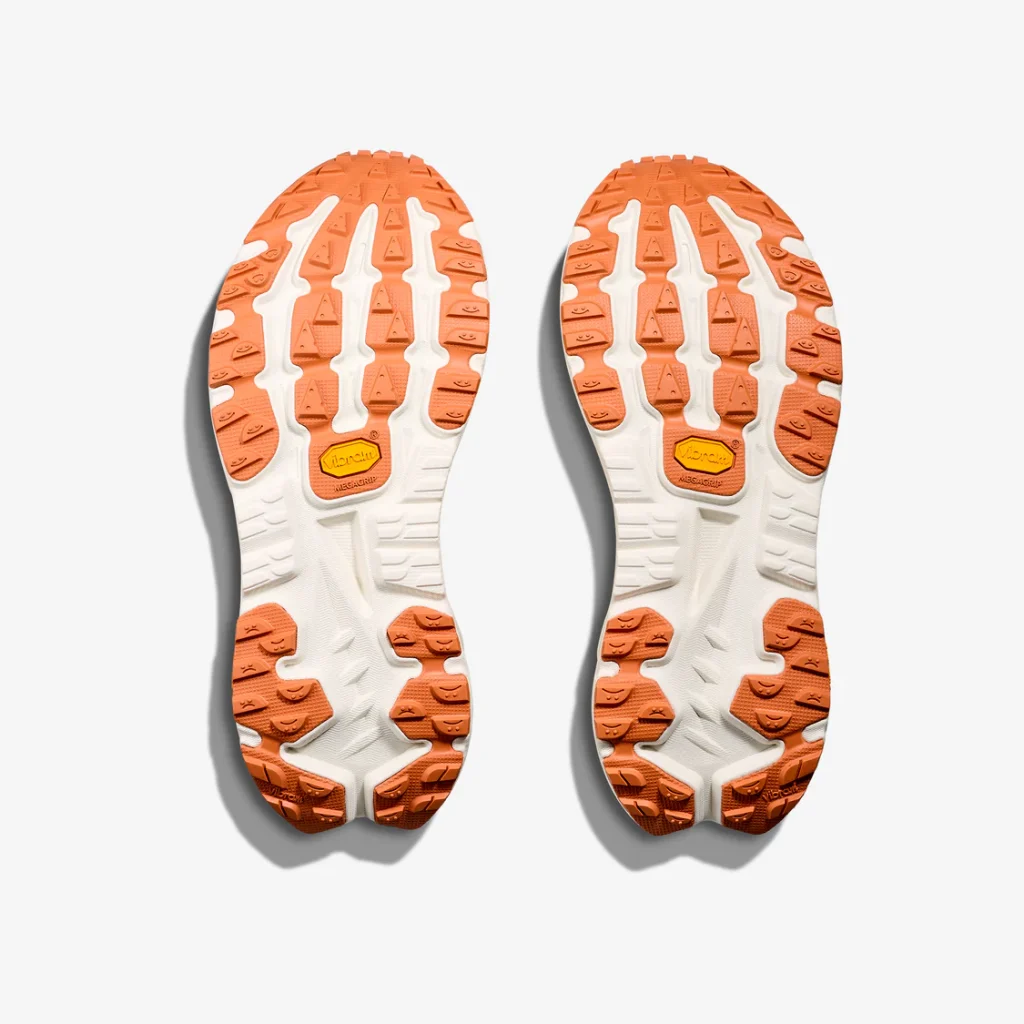
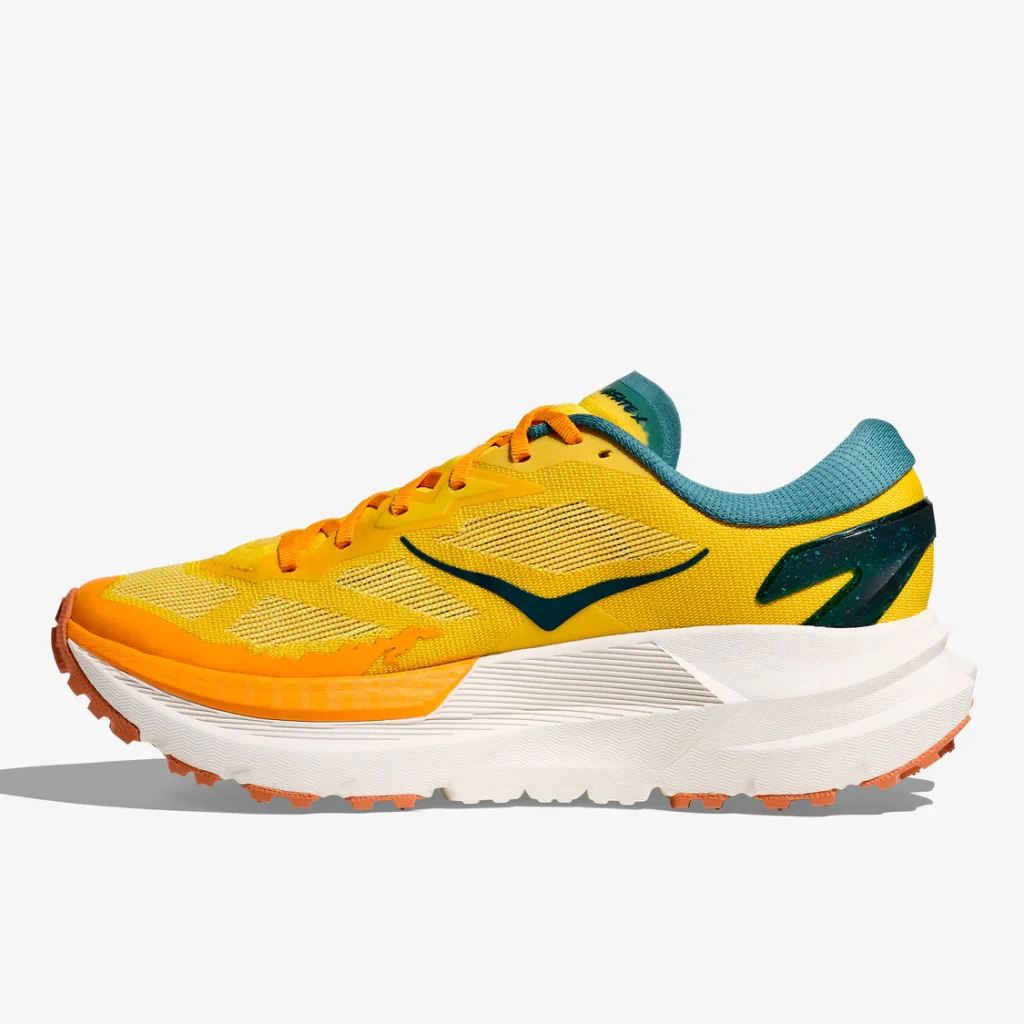
The Mafate X is built for trail running but stands out even among Hoka’s own lineup. It features a dual-layer midsole with EVA foam on the bottom and a PEBA insert on top. This combination offers soft cushioning with a noticeable energy return, especially during longer efforts. It helps absorb impact on harder surfaces while giving the shoe a responsive and lively feel underfoot. Embedded between the two foams is a forked carbon fiber plate, designed to add propulsion and efficiency on climbs while maintaining flexibility and control on technical descents.
The wide platform enhances overall stability, offering a planted sensation on uneven terrain. True to Hoka’s identity, the cushioning is generous, but the Mafate X avoids feeling bulky thanks to the sculpted midsole and the Meta-Rocker geometry. The carbon plate works in harmony with this rocker design to promote a rolling transition, making each step feel smooth and forward-driving even on less predictable surfaces.
Grip is handled by a Vibram Megagrip outsole with Litebase construction. The lugs are aggressive enough for varied trail conditions, from packed dirt to looser and more technical paths, but the sole remains lightweight. Whether going uphill or descending, traction felt consistent and dependable. Despite the performance elements packed into the midsole, the shoe never feels stiff or harsh. The forked design of the carbon plate helps preserve natural foot movement while still adding structure and efficiency to each stride.
Up top, the engineered mesh upper offers breathability and support. Reinforced overlays provide a bit of added protection without creating pressure points. The gusseted tongue is a thoughtful detail, keeping debris out and helping with midfoot lockdown. Despite all the built-in tech, the Mafate X remains sleek and trail-ready.
Testing
Most of my testing has been kept low profile. I ran on the Ptit Train du Nord path near my house, a long and relatively flat trail that mixes crushed gravel with short paved sections. It is the kind of surface where comfort and stability really matter, and the Mafate X delivered both. The shoe felt stable and forgiving, especially on longer efforts where fatigue usually sets in.
I also took them on a few light trail loops that included mild elevation, damp roots, and loose dirt. The grip surprised me. It was more confident than I expected for something that feels so cushioned underfoot. I appreciated that the shoe transitioned well between hard-packed paths and softer forest terrain without ever feeling out of place. The secure fit and stable platform gave me the confidence to pick up the pace, even though I am far from an aggressive runner.
What stood out most during testing was the shoe’s ability to encourage movement. I often found myself extending my runs just a bit farther than planned, curious to see how they would handle a new surface or longer stretch. As someone who runs more for enjoyment than performance, that motivation says a lot about the Mafate X.
In conclusion
If you are like me and not necessarily a running expert but still want a shoe that delivers comfort, grip and structure for varied terrain, the Mafate X is definitely worth a look. It is not just a shoe for serious trail runners. It is for anyone who wants to move with confidence, comfort and ease on varied terrain.
You can have more information about Hoka here:


